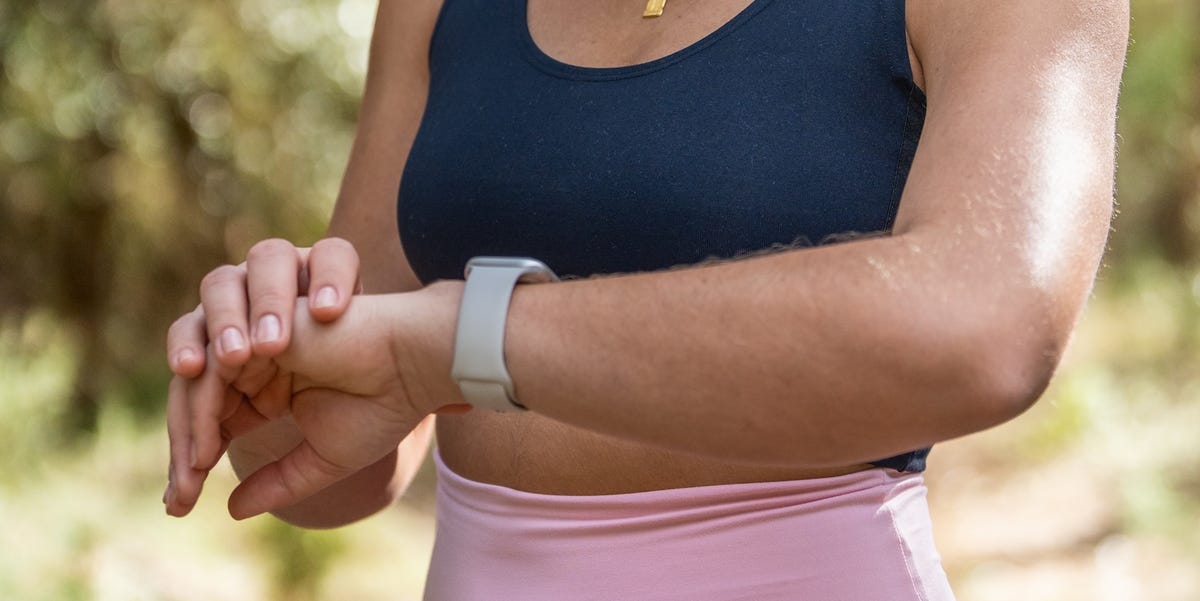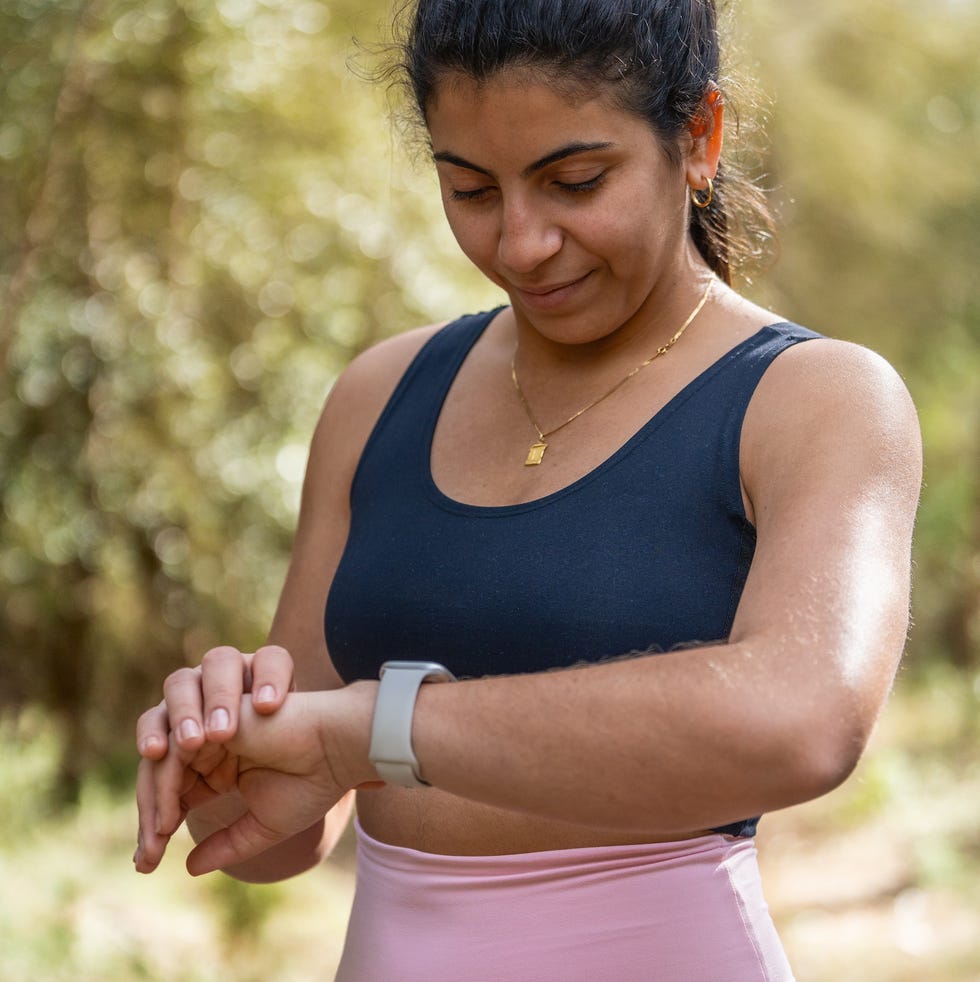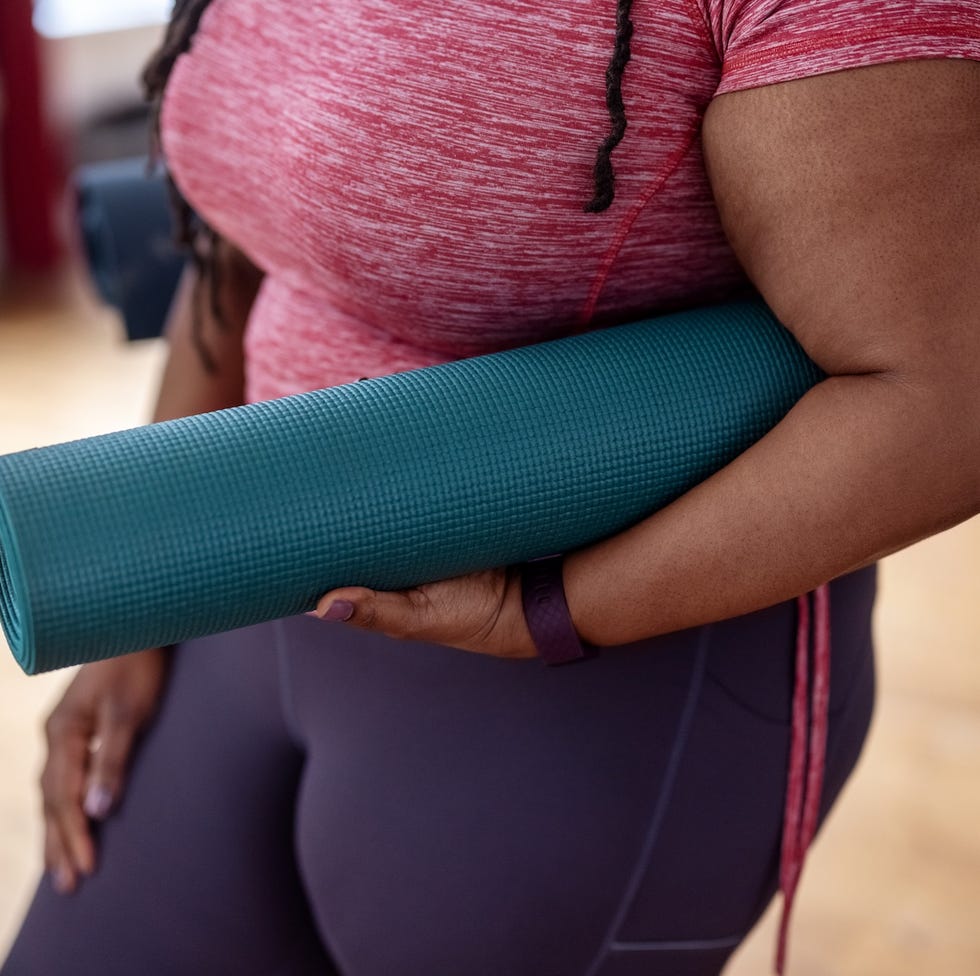In a world of Fitbits and Oura Rings, it can be difficult to know which fitness trackers and smart watches are actually worth our hard-earned money. While the various fitness trackers on the market these days all offer plenty of benefits for those wanting to deep-dive into their health and wellness journeys, deciding which one to invest in can feel overwhelming. And, let’s be honest, when you’re already trying to psyche yourself up for a cold, wet jog in the middle of autumn, who wouldn’t want one less thing to use their brain power on?
Thankfully, we’ve already tested quite a few of the best fitness trackers, and we’ve also explored the world of AI fitness coaches, too. So far, we’ve put the WHOOP 4.0 to the test, we’ve compared it against the celebrity-favoured Oura Ring, and we’ve brought you details on the best fitness trackers for all budgets (spoiler alert: the Fitbit is a fave at the Cosmopolitan UK office). Now, we’re putting the WHOOP 5.0 up against perhaps its biggest competitor: the Apple Watch.
Scroll on for our review of how the WHOOP 5.0 compares against the Apple Watch Series 11…
Dani Llao Calvet//Getty Images
WHOOP vs Apple Watch: Price comparison
First things first, because price is probably at the top of everyone’s list of things to consider when buying something new, how does the cost of the WHOOP 5.0 compare to the latest Apple Watch?
Unlike other smart devices, WHOOP works on a subscription scheme. That means you don’t pay for the device itself, but rather a yearly subscription plan which gives you use of the tracker and its accompanying app. And, FYI, there’s no hacking the system here… if you stop paying for the subscription, the device stops working.
Currently, you can get the WHOOP 5.0 on three different yearly subscription tiers. The One plan, which is the cheapest, comes in at £169 per year, the Peak plan is £229 (that’s £20 per month), and the Life plan is £349 per year. For this review, we’ll be looking at the mid-range option: the Peak plan.
All three of these options, particularly the One plan, are somewhat affordable – although it’s worth noting that you’ll pay that price every year. So, while £169 per year sounds cheap, if you’re hoping to keep using your device year after year, that figure will multiply. In comparison, an Apple Watch is a one-off payment, and the Series 11 retails from £369.
WHOOP vs Apple Watch: Battery life comparison
The WHOOP 5.0 is advertised as having a 14+ day battery life, which is pretty impressive! That being said, while the device is often praised for its promising battery life, we’ve knocked off some points because of how you charge it. Rather than connecting the WHOOP 5.0 to a charger, you charge up a separate battery pack, which then attaches to the device to charge it. This, according to one Cosmo UK staffer, “made wearing the watch quite clunky and cumbersome” at times.
By comparison, the Apple Watch Series 11 has a much lower battery life, offering up to 24 hours or up to 38 hours when in Low Power Mode. The watch, however, is compatible with fast charging. With a fast-charge cable, you can go from 0 to 80% in just 30 minutes, meaning 15 minutes of charging can give you up to eight hours of use. As a long-time Apple Watch user myself (admittedly, though, I’m a bit behind the times with my Series 7), the battery life was an adjustment at first because I had switched over from a Fitbit, which has a much longer battery life. You soon find ways to charge your watch without missing out on tracking, though. For example, with my fast-charger, I can hop in the shower, moisturise, and do my skincare in the time it takes to reach full charge.
d3sign//Getty Images
WHOOP vs Apple Watch: Function comparison
The main difference between these two trackers is that the WHOOP 5.0 does not have a screen, which can be a tricky adjustment if you’re used to the likes of a Fitbit or an Apple Watch. Rather than having a screen, all of your data is stored within the WHOOP app, where you also need to manually record your workouts (unless the device detects the activity you’re doing which, according to the app, requires 15 minutes of ‘sustained, significant cardiovascular exertion’ to kick in).
“While some may welcome not having an extra screen to stare at, I personally wasn’t enamoured by having to check my phone every time I wanted to see my vitals after a work out,” one Cosmo UK staffer said of the WHOOP’s lack of screen. “It can be quite a faff having to pull out and fiddle with your phone to record an exercise, compared to an Apple Watch, that requires a few taps.”
WHOOP vs Apple Watch: Fitness tracking comparison
Both the WHOOP 5.0 and the Apple Watch Series 11 have a robust offering of fitness tracking capabilities.
With the WHOOP 5.0, you’ll get detailed fitness and biometric insights, including VO2 Max estimation (see: the maximum amount of oxygen your body is able to use during exercise). You can also learn about your cardio zones, muscular load and, unique to WHOOP, your strain levels. The strain feature calculates how much stress you’re putting on your body throughout the day, making it easier to understand how your body will or won’t recover from a workout.
Unlike the WHOOP 5.0, the Apple Watch Series 11 doesn’t go quite so deep when it comes to fitness metrics and analysis – but some people (myself included) say they prefer this because, unless you’re training for a marathon, the WHOOP 5.0 stats could be a bit overwhelming and hard to understand. Outside of the Vitals feature, the Apple Watch provides little in the way of analysis, meaning this is up to your own interpretation. The Apple Watch’s Ring feature is really user-friendly, too. It allows you to set daily Move, Exercise, and Stand goals that you can work towards to ‘Close Your Rings’. I find this a great motivator, as I have a visual goal to work towards each day, without being overwhelmed with various statistics… of which I have no idea what they mean.
Luis Alvarez//Getty Images
As for how the sleep tracking functions compare, again, the WHOOP 5.0 offers much more detailed analysis: on the WHOOP 5.0, you can track your sleep sufficiency, consistency, efficiency, and stress. You can also enlist the help of the app’s AI-driven ‘Sleep Coach’ to help improve your sleep quality through personalised recommendations.
What’s more, WHOOP 5.0 combines the stats from your sleep tracking to calculate how well you’ll recover from your workouts. On the flip side, the Apple Watch Series 11 doesn’t go quite so in-depth with its sleep tracking, but it does enough for the average user (like me, for example).
On the Apple Watch Series 11, you can create sleep schedules (which can be adjusted for different days of the weekend… great for Sunday lie-ins) to help you meet your sleep goals. It also estimates the time you spent in each sleep stage — REM, Core, and Deep — as well as when you might have woken up, so you can learn how much quality sleep you got and see your sleep trends over the past 14 days.
WHOOP vs Apple Watch final verdict
Whether the WHOOP 5.0 or Apple Watch Series 11 should be on your to-buy-list depends on your fitness goals and, therefore, what you want and need out of your fitness tracker. Personally, as someone who enjoys working out (I go to Reformer Pilates twice a week and yoga once a week, plus I walk basically everywhere), but not someone necessarily training hard for anything (you won’t catch me doing a Hyrox or half-marathon anytime soon… or ever), an Apple Watch is ideal. It provides enough information for me to understand how I’m performing in my workouts, as well as if I’m getting my steps in and sleeping enough each night. I don’t really need much more than that, to be honest.
On the flip side, for those who are more intense when it comes to working out – or for those who want detailed analysis to aid in their training, the WHOOP 5.0 offers exactly that in abundance. “If you’re a dedicated athlete with a significant fitness goal in mind (running a marathon, perhaps), then the WHOOP tracker is by far the superior device,” one Cosmo UK staffer said after trying it. “It offers far more thorough statistics, meaning it can offer deeper insight into your health, training, and wellbeing.”
We’ve also got to come back to what is arguably WHOOP’s biggest downside. As our Cosmo UK staffer said, it was “quite a faff” to whip their phone out and track their workouts using WHOOP and she disliked not having a screen to tap.
To that end, I have to agree. For me, the Apple Watch has a big advantage here. From being able to remotely take a photo to reading my DMs and setting a timer for the banana bread I just put in the oven, beyond fitness tracking, having an Apple Watch makes my life easier in so many ways. In comparison, the WHOOP 5.0 has none of that, given that it doesn’t have a screen. In fact, I often see people in my Pilates class wearing a WHOOP on one wrist and an Apple Watch on another, which seems excessive (and definitely gives off: I don’t need to watch the pennies!).
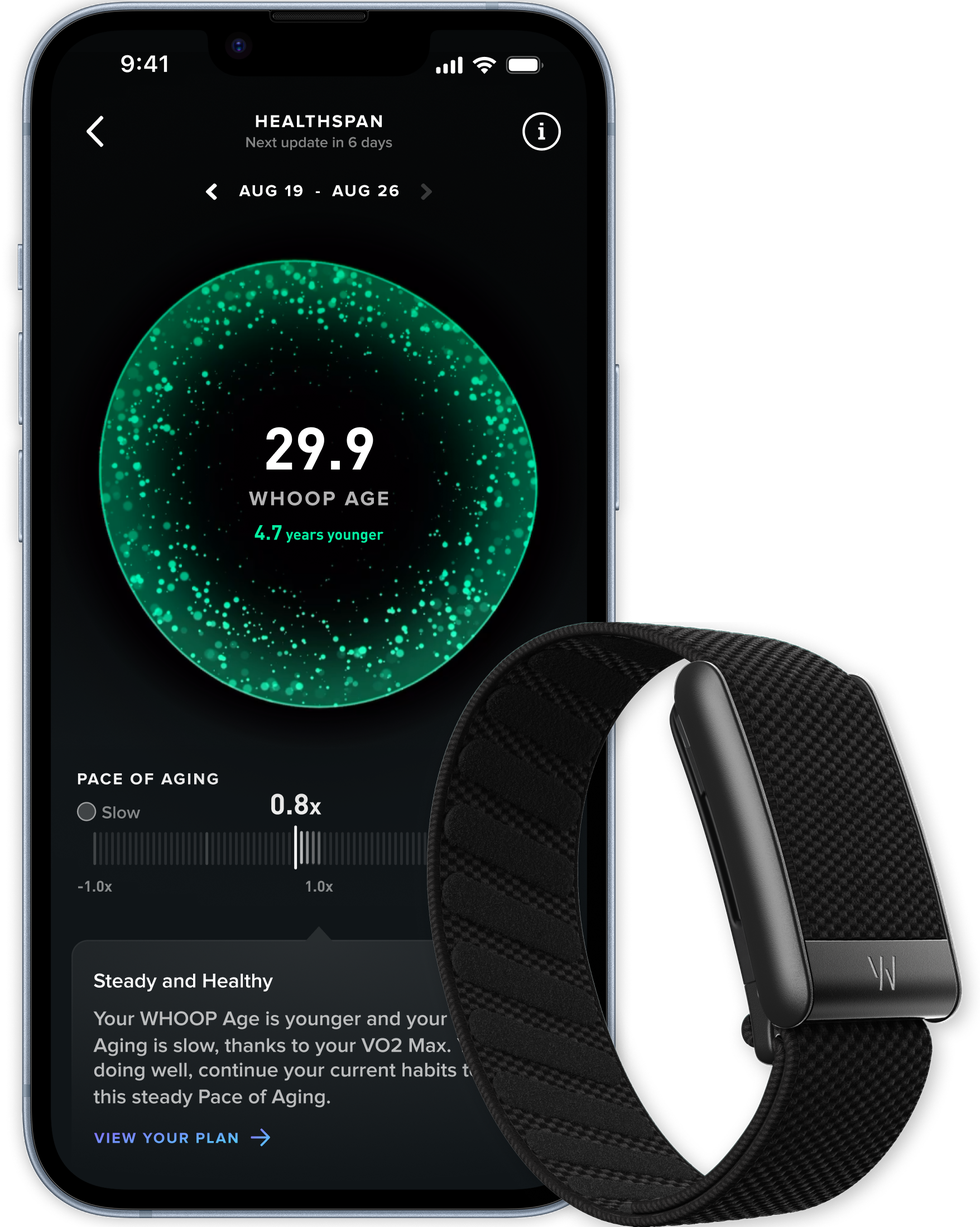 WHOOP 5.0 with PeakCredit: WHOOP
WHOOP 5.0 with PeakCredit: WHOOP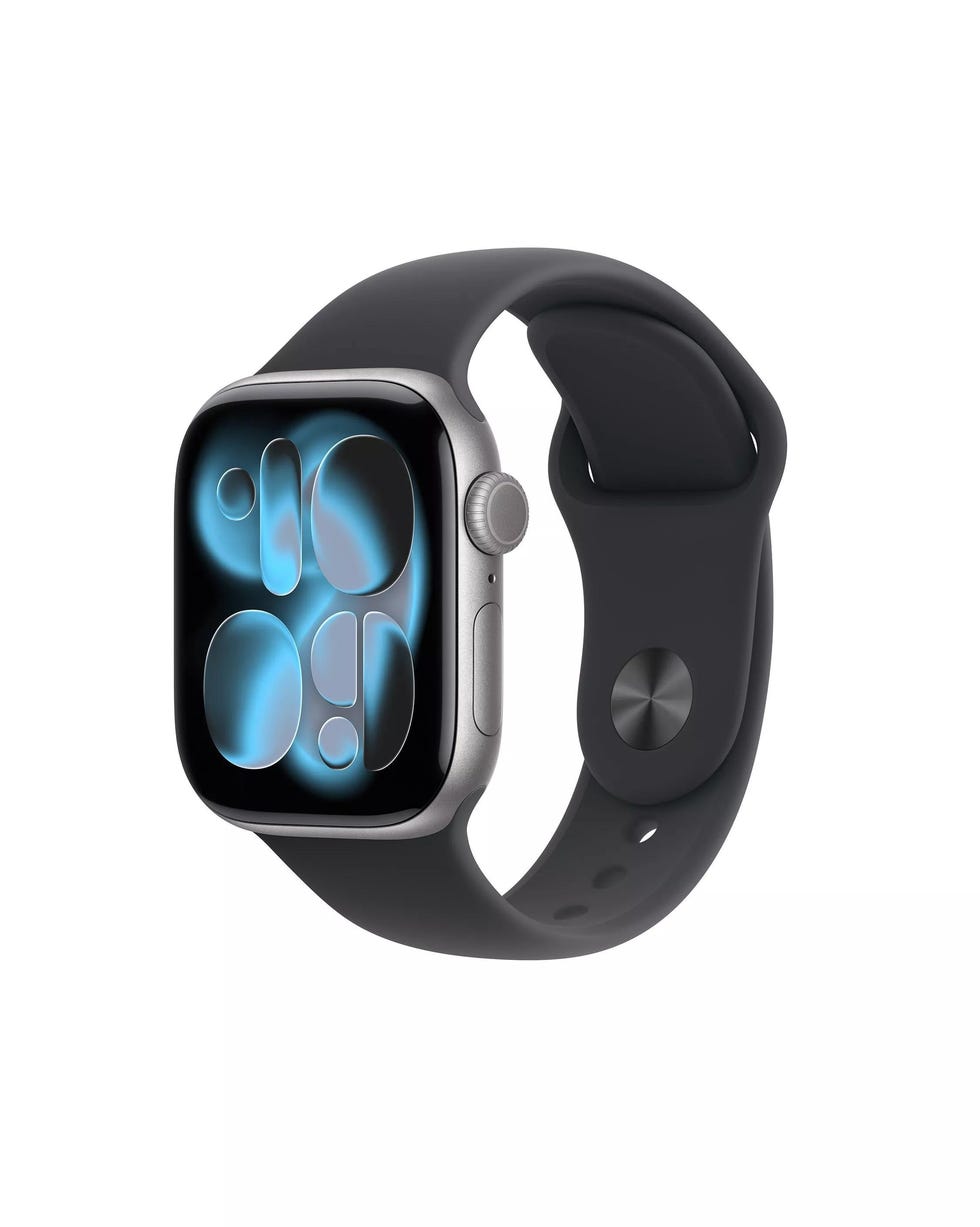 Apple Watch Series 11 Credit: AppleRelated Stories
Apple Watch Series 11 Credit: AppleRelated Stories
Jade Biggs (she/her) is one of Cosmopolitan UK’s freelance writers, working across all sections including entertainment, beauty, body, and sex and relationships. She previously held the position of Features Writer, covering everything from breaking news and the latest royal gossip, to the health and fitness trends taking over your TikTok feed. Jade has a degree in journalism and has been a journalist and content editor for ten years, interviewing leading researchers, high-profile influencers, and industry experts in that time. She is a cat mom to four fur babies and is obsessed with Drag Race, bottomless brunches, and wearing clothes only suitable for Bratz dolls. Follow her on Instagram, Twitter, and LinkedIn.

